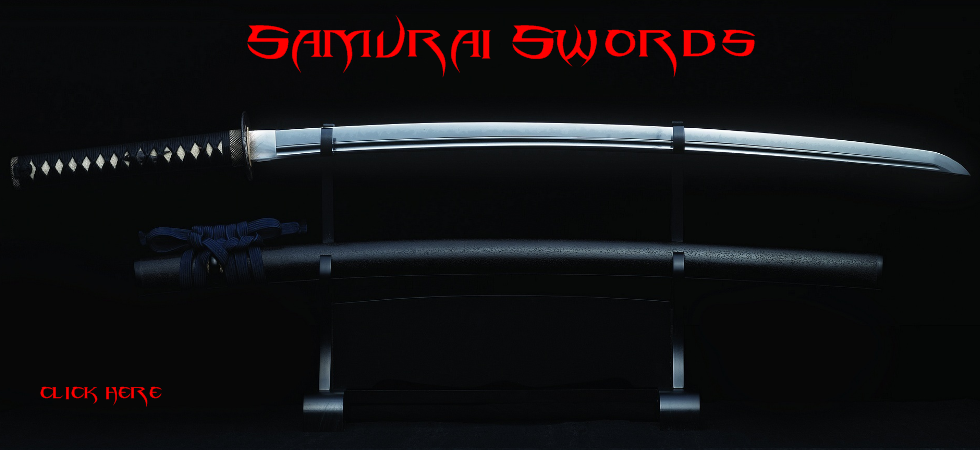Considered an art form, Japan has an illustrious history of sword making. In more recent times, modern day samurai movies have popularized the Japanese sword reigniting its mythical status as a symbol of virtue and heroism.
The first sword production appeared over a thousand years ago and developed into distinct categories over the centuries. Changes in warfare were largely responsible for the development of the sword leading to its eventual demise due to the introduction of guns as the weapon of choice. The earliest swords date back to the Jokoto period, and it was after this time that the Koto swords appeared, which are considered to be some of the finest examples or early Japanese sword making. These Koto swords were characterized by having a curve close to the hilt. They continued to be made for 500 years.
During the Heian period, the use of horses on the battlefield ushered in a new phase in sword making. Fighting from horseback required that the curvature of the sword be exaggerated to facilitate a more efficient downward movement. Swords were usually worn by hanging from the torso, but were later worn inside a belt. When wearing armor soldiers would often carry a second smaller sword or dagger used for close combat.
The next turning point in the development of the Japanese sword was during the Mongol invasion in 1200 AD. The thick armor worn by the Mongols was too much of a match for the more delicate samurai swords, so a more sturdy, pointed sword was developed to have more penetrating force.
In 1400 AD, Japan broke into civil war and the need for swords became so great production didn't allow for the time to create fanciful weapons. This marked a shift away from sword making as an art form. As warfare progressed and firearms predominated so sword making diminished in importance.
Far from having disappeared, this ancient Japanese tradition has caught the imagination of collectors, and good examples or rare swords can command dizzying sums at auction houses.



































